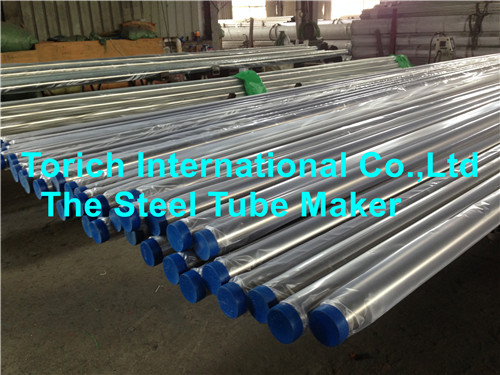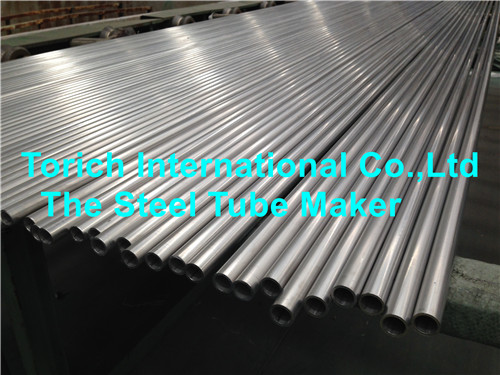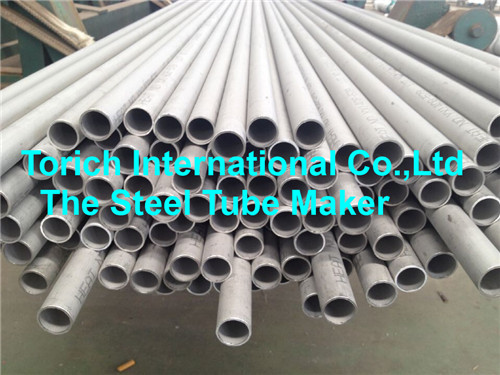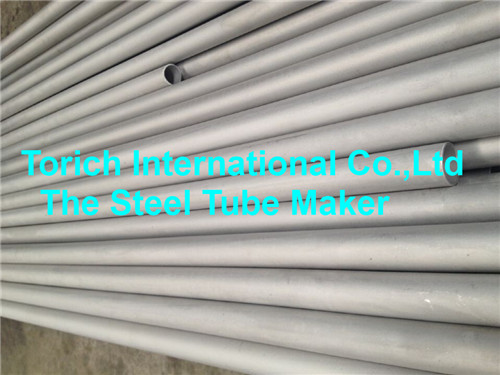Project Dalton is an innovative application designed to help engineers analyze fluid flow in piping systems early in the design process. Whether it's a large-scale oil supply network or a residential fire protection system, the efficient transport of liquids and gases through complex pipelines is critical across many industries.
The challenge for engineers lies in balancing performance, cost, and design while ensuring that the final system meets all requirements. Traditionally, evaluating the performance of a design has required detailed simulations, which are often time-consuming and only conducted late in the development cycle. However, with the right tools, engineers can make informed decisions much earlier in the process.
That’s where Project Dalton comes in. Developed by Autodesk Labs, this tool allows engineers to apply fluid analysis directly to their design models and receive immediate feedback on how the system will perform. It can be used as a standalone application or integrated into design software like AutoCAD Plant 3D and Revit MEP, making it a versatile solution for various engineering workflows.
Starting from a standard PCF file, Dalton extracts key geometric data such as pipe lengths, diameters, and elevations. From there, users can easily input additional parameters—like material properties, component details, and boundary conditions—through intuitive windows in the interface. The tool also includes a customizable library of common fluids, pipe materials, and equipment specifications, along with features to generate pump or fan curves based on simple input points.
Visual tools help users track changes and understand their impact on flow direction, pressure, and other key factors. Once the model is set up, users can run simulations to calculate pressure, flow rate, and temperature. If adjustments are needed, they can quickly modify the design and re-run the analysis to assess the effect of those changes.
After completing the analysis, results can be exported to CSV format, and the configuration can be saved for future reference. This makes it easy to revisit and refine designs at any stage of the project.
Whether you're working on a small-scale system or a large industrial network, Project Dalton offers a powerful way to integrate fluid dynamics analysis into your workflow. For more information, visit [http://labs.autodesk.com/technologies/dalton](http://labs.autodesk.com/technologies/dalton).
Seamless Stainless Steel Tube
The production method is divided into hot rolling, hot extrusion and cold drawing (rolling) stainless steel pipe.
According to the different microstructure of stainless steel semi-ferritic semi-martensitic stainless steel pipe, martensitic stainless steel pipe, austenitic stainless steel pipe, austenitic - ferric iron stainless steel pipe, etc.
Production process:
Hot rolling (extrusion Seamless Steel Tube) : round tube billet → heating → perforation → three-high cross rolling, continuous rolling or extrusion → pipe removal → sizing (or reducing) → cooling → straightening → hydraulic test (or flaw detection) → marking → storage
Cold drawn (rolled) seamless steel pipe: round tube billet → heating → perforation → head → annealing → pickling → oiling (copper plating) → multi-pass cold drawing (cold rolling) → billet tube → heat treatment → straightening → hydraulic test (crack detection) → marking → storage
Stainless Steel Tubes including following Steel Grade:
Nickel Alloy Grade:
N02200/2201, N04400, N06600, N06601, N06625, N06852, N06219, N06690, N08800/8810/8811, N08825, N08028, N08535, N08904, N08925, N08926, N010276, N06022, etc.
Austenitic/Super Austenitic Stainless Steel Grade:
304/304L, 316/316L, 314, 321, 347H, 316Ti, 316LMod, 317L/N, 310S, 253MA, 330, 904L, S31254, XM-19, etc
Duplex/Super Duplex Stainless Steel Grade:
S31803, S32304, S31500, S32550, S32750, S32760, etc.




Stainless Steel 304 Pipes,Stainless Steel Pipe Fittings,Seamless Stainless Steel Pipe,Seamless Stainless Steel Tube
TORICH INTERNATIONAL LIMITED , https://www.steeltubepipechina.com



